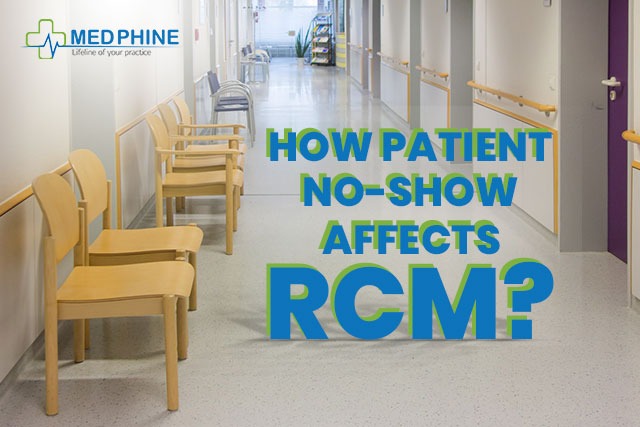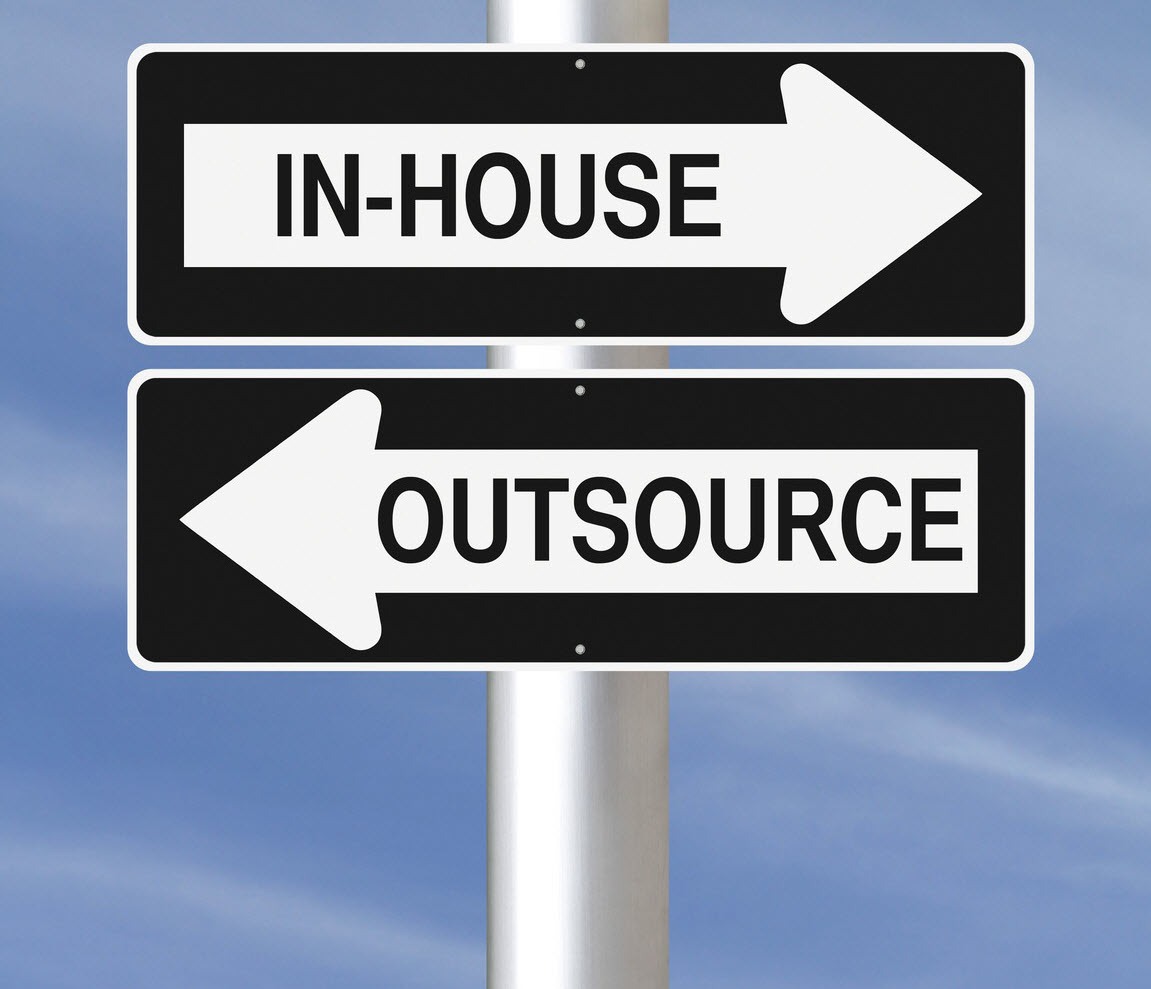
150 billion!
Yes, that is how much healthcare systems of the United State lose because of patient no-shows, in a year.
Setting up, operating and maintaining healthcare organization is expensive. What adds to the staggering expense and has an adverse impact on the revenue generated is the frustrating habit of the patient not showing without prior informing. Unless the fault was at the healthcare facility’s end or your part, there is no use of pestering patients for not showing up just because you are furious about the time that could have been profitably utilized.
The total cost of missed healthcare appointments in the United States every year is an astronomical $150 billion. Each open, unused time slot costs a physician 60 minutes and $200 on average. Now factor in that no-show rates are as high as 30% nationwide, and you can see how that $150 billion figure is reached. Despite these astounding numbers, healthcare facilities are not taking the necessary steps to monitor the patient’s behavior and minimize the adverse impact it has on the healthcare practices RCM, which is the need of the hour.
So let us talk about what exactly is referred to as a patient no-shows and what measure can a healthcare practice take to reduce it and the impact it has on the revenue cycle.
What is defined as a patient no-shows?
When a patient who has their appointment booked with a doctor, doesn’t show up for the check-up without informing the facility or canceling the appointment, this practice is a patient-no show. And although for the patient it might not be such a big issue, this habit affects healthcare organization’s revenue profoundly.
What is the reason for the patient not attending without informing the healthcare practice?
Superficially, it can be perceived as just negligence in patient part, but there are specific common reasons behind a patient’s inability to not attend the appointment, such as :
-APPOINTMENT ISSUE:
Patients tend to get irked if there is a considerable gap between the date the appointment was scheduled and the date the appointment is. The healthcare facilities have months that are prior booked, but since this cannot be explained to the patients, the long gaps lead to patients missing out on the appointments.
-LACK OF UNDERSTANDING:
This is one of the most common reasons for patients missing the scheduled appointment. They assume that them not attending the appointment will ultimately help the doctor’s office, which as per belief is always overbooked. They don’t understand that because of their missing out the appointment, the facility’s time and the financial cycle is disrupted.
-LACK OF EMPATHY OF FACILITY’S STAFF:
How does the healthcare organizations front desk engage in the conversation with the patient, what kind of atmosphere does your practice has and how they treat their patient plays a huge role not just in attracting patient but also in their retention? Service don’t just mean effective medicine or a nice private luxury room to the patient, but on how you and your clinical staff treat them.
-LAST MINUTE EMERGENCIES:
No one can predict what is going to happen the very next second, the patient who has their appointment schedule might not be able to attend it because of a family emergency or any other major conflict because of which they were unable to inform about their absence.
The no-shows and late cancellation have a profound impact as it leads to time wastage of the clinical staff, generating confusion with not enough staff when needed and too many in non-peak hours. This ultimately results in a dissatisfied patient who starts looking for treatment in other healthcare services. Patient no-shows, aside from wasting the time of the hospital and impacting the revenue of the healthcare practice on a greater scale, also delay the timely delivery of quality healthcare. By missing out on the scheduled appointment, patients slowly give the medical condition they have the freedom to thrive, and further, affect the immune system of the body.
To prevent your healthcare practice from a further loss in the revenue cycle and dispense adequate treatment to the patient, we have listed down some reliable strategies that will assure a significant reduction in no-shows rate, so that every patient coming at your healthcare facility get the treatment they need:
-FOLLOW-UP ON THE MISSED APPOINTMENT:
As mentioned before, not every missed appointment is intentional, which is why it would be a good practice if you drop text on their number or shoot an email. This will indirectly remind them of the hospital appointment, and they might try to reschedule one immediately.
-IMPLEMENT A NO-SHOW POLICY:
No show policy might seem like a tyrannical solution, but it doesn’t have to be that way. Instead of charging a fee for missing the appointment, you should modify the policy to removing the fee once they reschedule the appointment and attends it. Another strategy that could benefit your practice, in the long run, is rewarding the patient who showed up for their apportionment with gift cards.
-REDUCE THE WAIT TIME TO MINIMUM POSSIBLE:
If on their previous visit the patient had to wait for 20-30 minutes, chances are they are not going to come back for the follow-up. The waiting time will not only lead to not attending the appointment but also a loss of patients.
-HIRE AN APPOINTMENT REMINDER SERVICE:
We could suggest you automated appointment reminder for streamlining all the appointment making sure the no-shows rate is minimum, but what if we say, instead of a software, you can outsource a team of billing and coding experts like Medphine that understand the importance of these intricacies and will make sure the no call no show rates are decreased by being the communication channel between the provider and the patient. You can trust Medphine’s proficient appointment reminder in streamlining the scheduling process and improving your revenue cycle management.
-STRENGTHEN RELATIONSHIP WITH PATIENTS:
A healthcare practice’s relationship with the patient does not end on the day of last treatment process. Make your patient feel valued with updating them on the latest technology that you brought in your facility and how it can help with their medical condition.
Instead of burdening your in-house staff with the responsibility to make sure the appointment reminders strategy works appropriately, why not outsource to a billing and coding service like Medphine, that does the same job more efficiently with visible results?



